With technology continuing to advance at a rapid pace, 2024 is shaping up to be a year of continued breakthroughs that could radically change the way we live, interact, and communicate in the world. Innovation, the rise of artificial intelligence (AI) and machine learning (ML) are having a profound impact on every aspect of our lives, including cybersecurity.
Here are some cybersecurity trends that Keysight Technologies sees as trending in 2024.
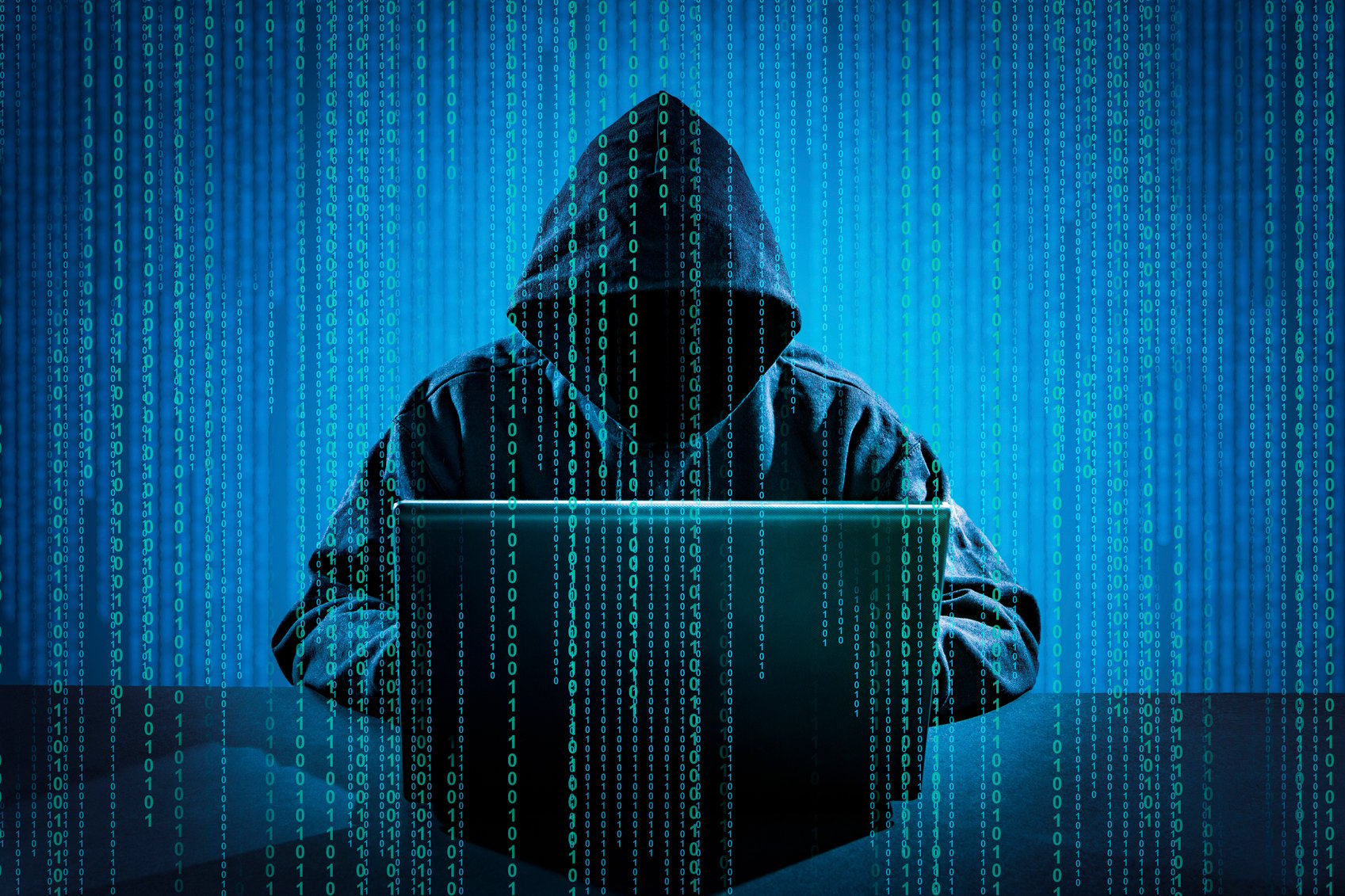
Many security trends in 2024 have just been shared
Cybersecurity in the AI era: pros and cons
AI is impacting every aspect of our lives, including cybersecurity. The problem of adversarial AI will become increasingly serious. For example, generative AI can collect information from social media, corporate email, blogs, and other sources to create unique, realistic phishing emails that can be personalized and distributed en masse with little human intervention. As a result, businesses need to deploy more advanced fraud detection systems, including systems optimized to detect AI-generated content, and improve employee training.
AI will increasingly be used to create network or endpoint behavior models to validate the detection capabilities of security products. SIEM (security information and event management) functionality can detect many events, and functional testing can be done through system log messages instead of actual behavior, so AI is perfectly suited to this task. The role of AI in testing and evaluating security products will become increasingly important.
Data privacy continues to play a central role
Data privacy is a critical component of cybersecurity and is significantly different from other areas such as intellectual property. Strict enforcement of access control and secure management of PII (personally identifiable information) data requires special attention and specific skills. Organizations will increasingly outsource PII management functions to help better protect data and shift risk to third parties.
Supply chain diversification - the key to recovery
To combat spontaneous security risks, organizations will continue to assume more risk in the supply chain. In 2024, there will be more stringent requirements for the design, implementation, and security validation of supply chain components. To increase resilience, organizations will diversify their supply chains of critical components.
Critical infrastructure in the crosshairs of hackers
Critical infrastructure has always been a prime target for cybercriminals. If conflicts in Ukraine or Israel escalate, we will see an increase in attacks from threat actors loosely affiliated with nation states. We have already seen an increase in attacks on utilities, and in 2024, these attacks will spread to areas like connected devices used in healthcare and smart homes.
Harmonizing IoT network regulations globally
Many countries already have regulations to improve IoT cybersecurity, including the Cyber Trust Mark in the US, the ETSI EN 303 645 standard in Europe, and a labeling program in Singapore. By 2024, regulations will be more uniform, helping manufacturers avoid multiple requirements that slow down production and increase costs. However, a global standard has yet to be achieved.
Smart security testing is a must
Cybercrime is the world's second largest economy by GDP. The world and organizations are under constant attack. Malicious actors are using smart tools to find ways to access networks, so businesses need to increasingly integrate AI into their security testing to strengthen their defenses. Businesses that fail to implement smart testing successfully are creating vulnerabilities in their networks that bad actors can exploit.
Source link







![[Photo] Closing of the 11th Conference of the 13th Central Committee of the Communist Party of Vietnam](https://vstatic.vietnam.vn/vietnam/resource/IMAGE/2025/4/12/114b57fe6e9b4814a5ddfacf6dfe5b7f)
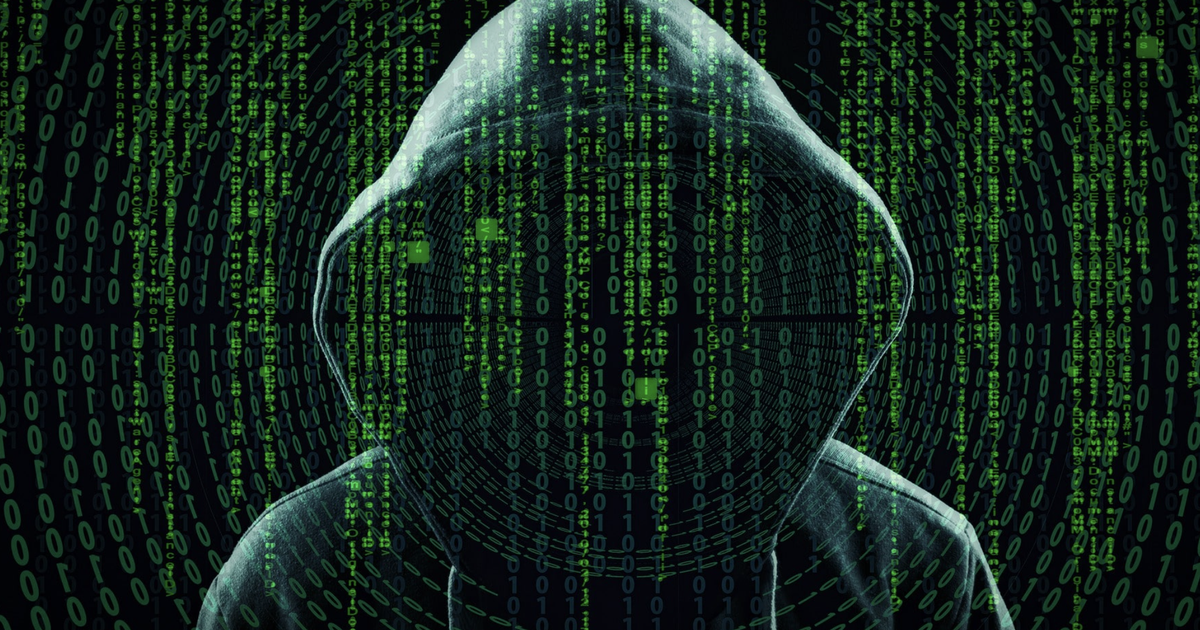
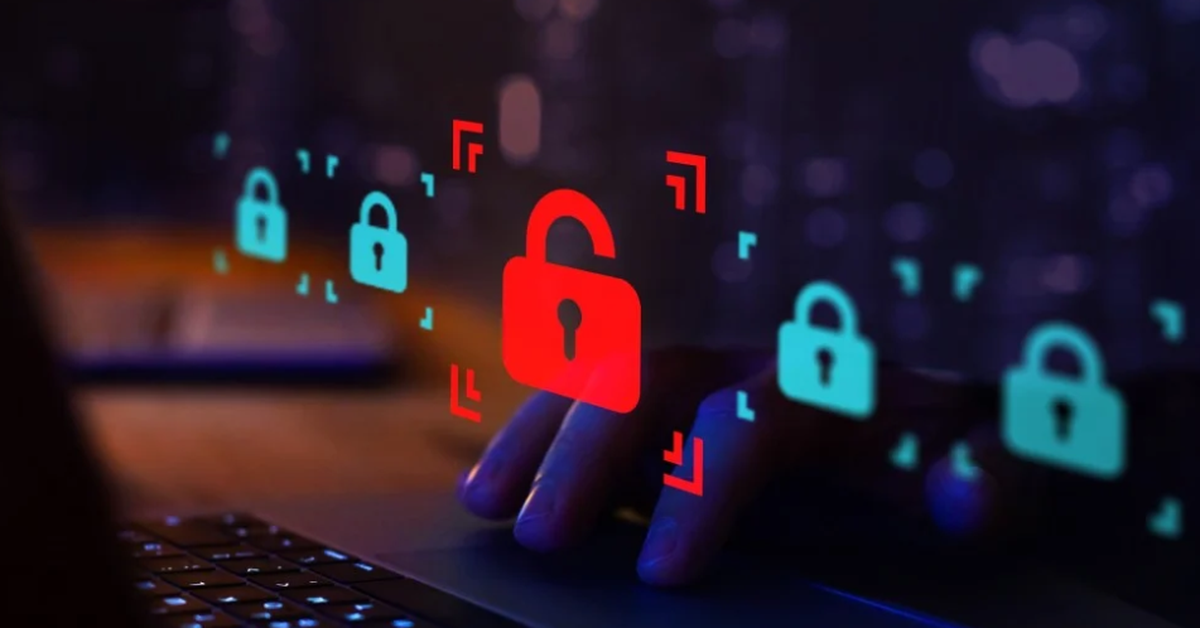

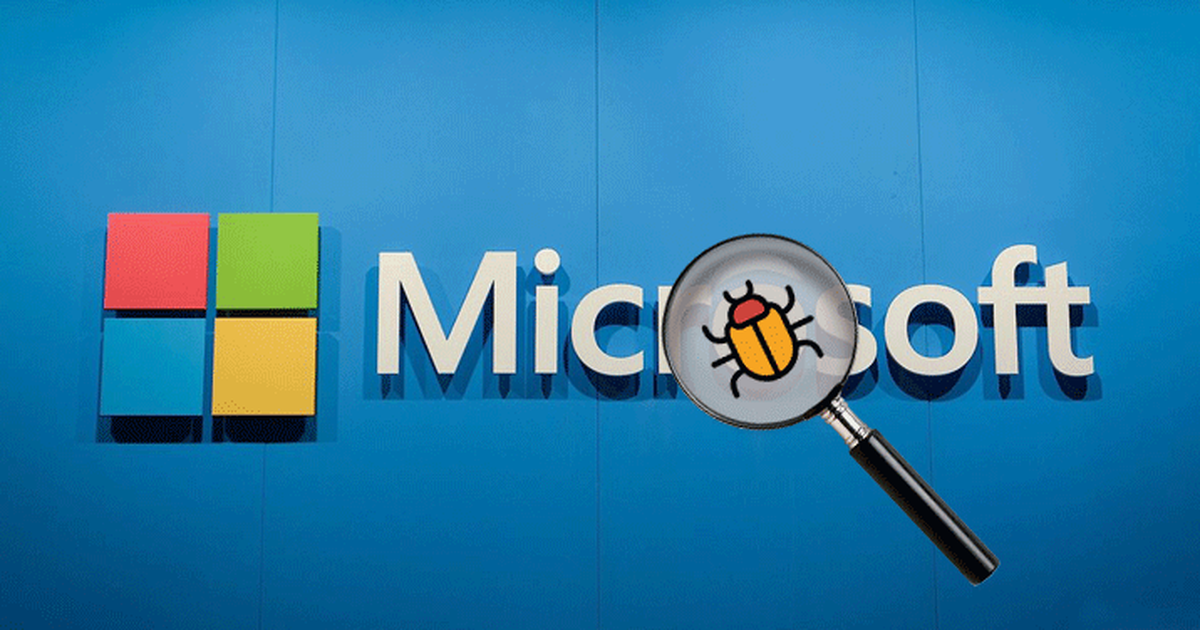
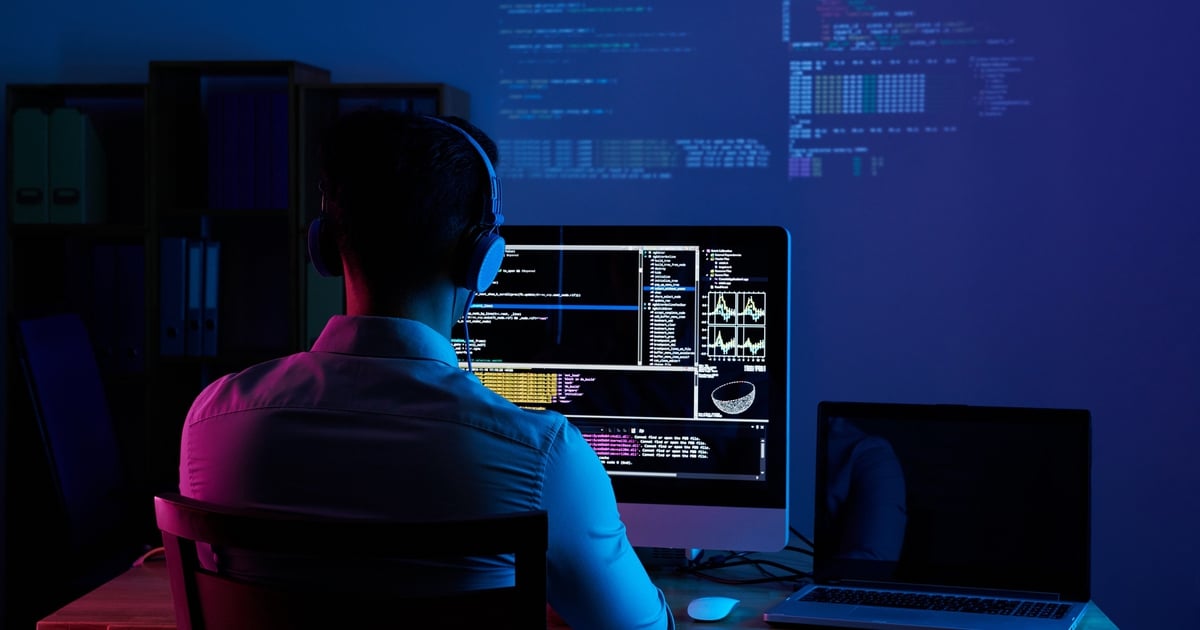
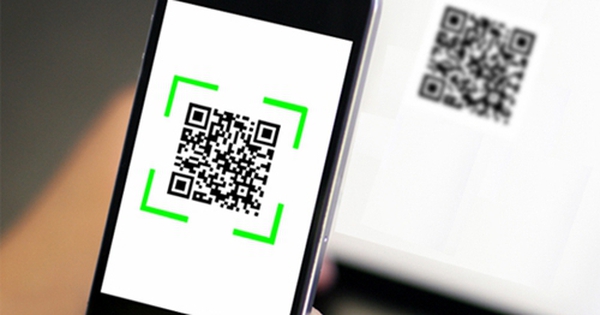

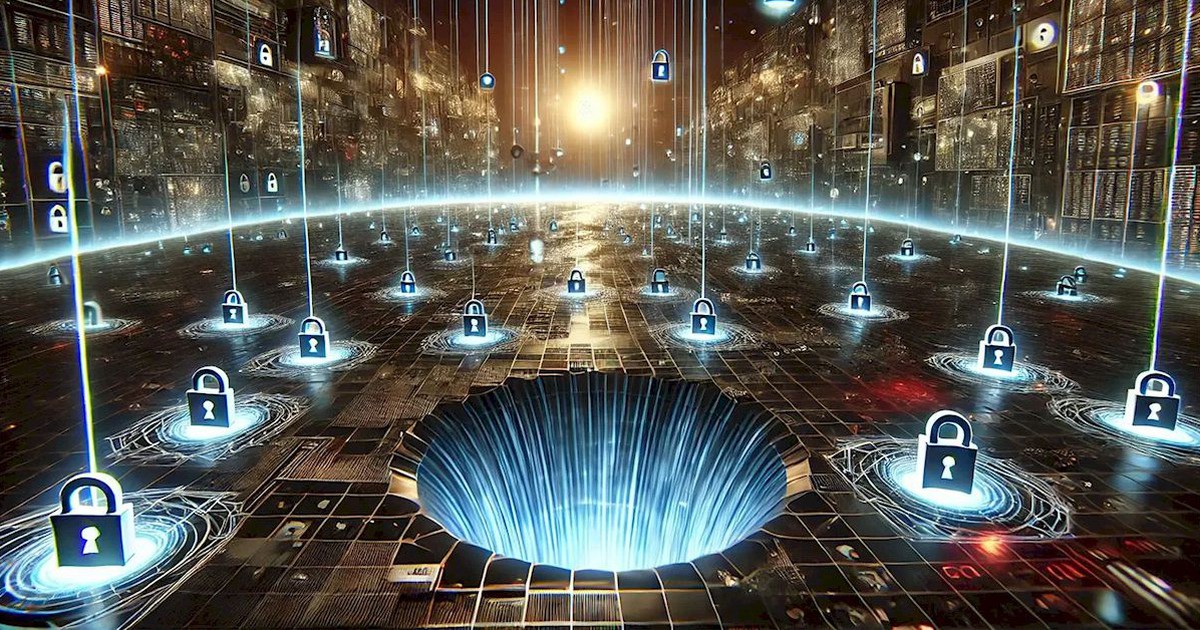




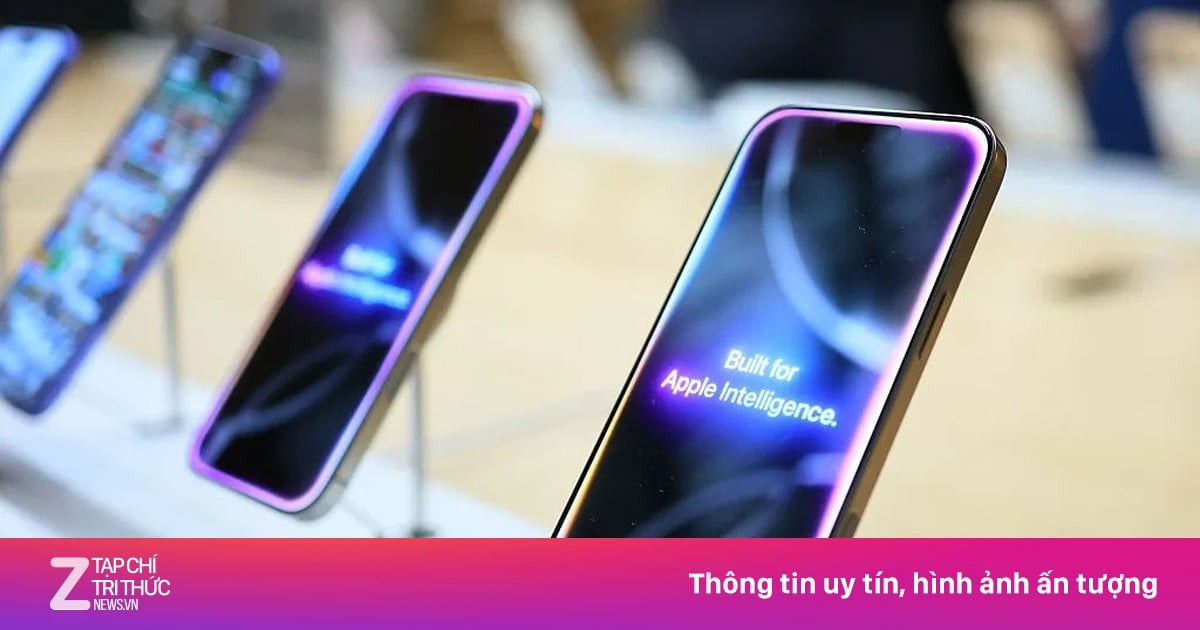








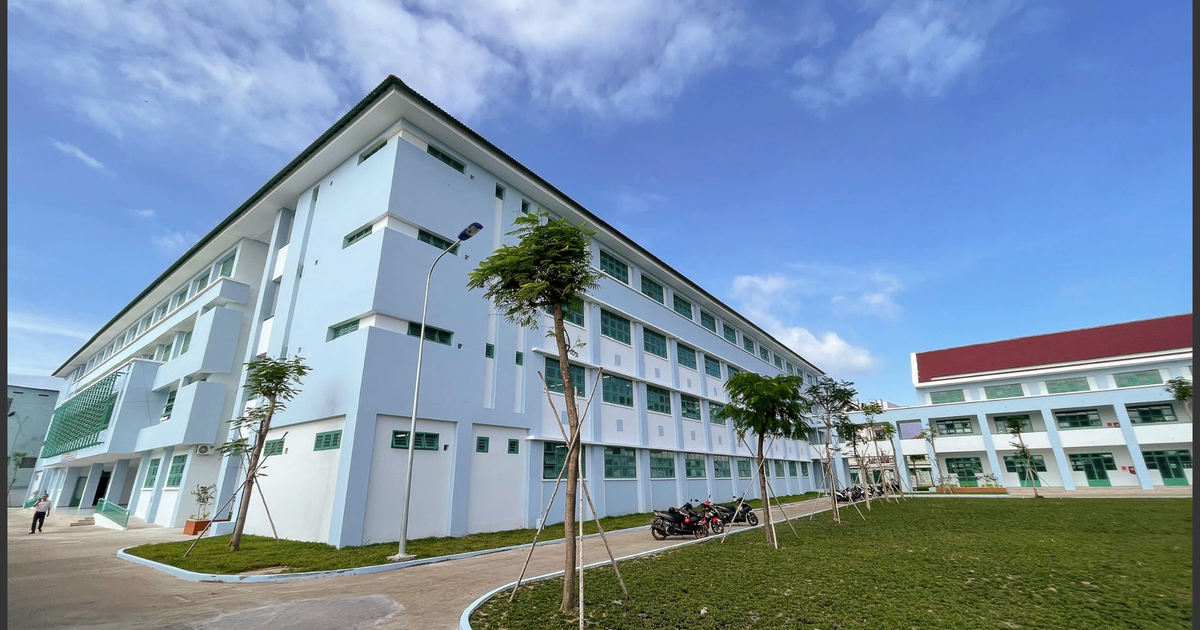


![[Photo] Overcoming all difficulties, speeding up construction progress of Hoa Binh Hydropower Plant Expansion Project](https://vstatic.vietnam.vn/vietnam/resource/IMAGE/2025/4/12/bff04b551e98484c84d74c8faa3526e0)































































Comment (0)